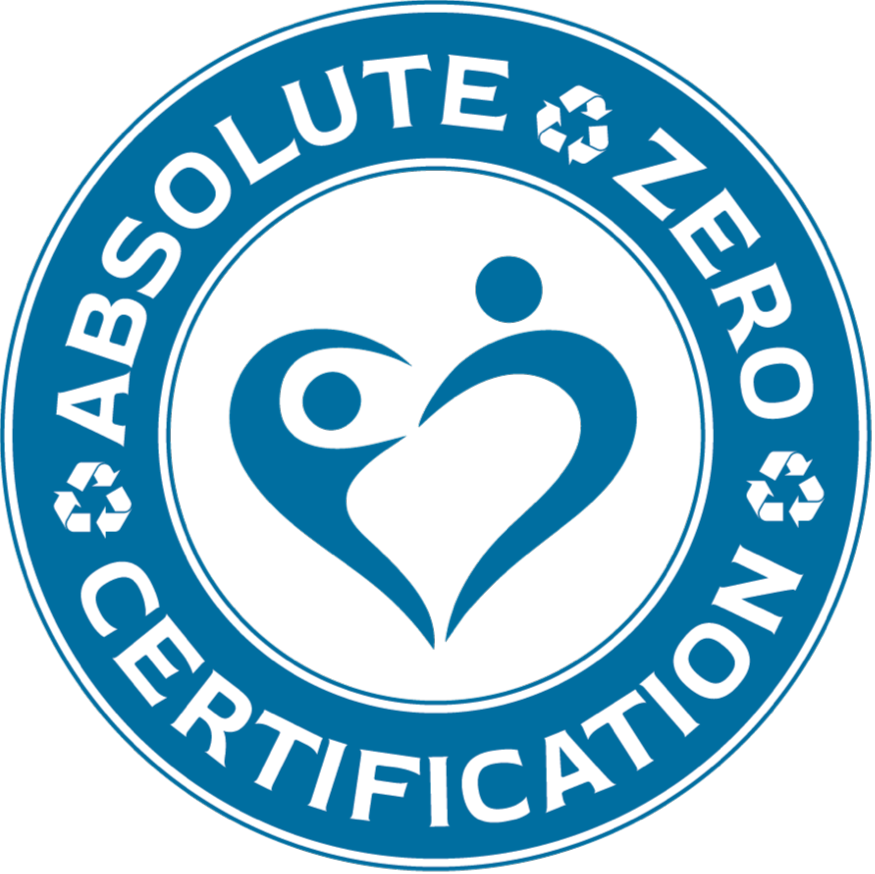Frequently Asked Questions
Explore the most common questions about the Zero Waste Certification process, its benefits, and how your business can make an impact.
Zero Waste Fundamentals
Get to know the basics of Zero Waste and how it works.

Why is it important for organizations to divert waste from landfills?
Diverting waste reduces environmental harm, supports sustainability, helps meet regulations, and strengthens your brand’s CSR.
What are the environmental benefits of diverting waste from landfills?
It lowers greenhouse gas emissions, conserves natural resources, reduces pollution, and supports a circular economy.
Does Zero Waste mean generating absolutely no waste?
Not necessarily. It means diverting at least 80% of waste from landfills and incineration through reduction, reuse, recycling, composting and verifiable energy (heat, electricity, biofuels) from waste technologies.
What is the Zero Waste hierarchy, and why is it important?
It prioritizes prevention first, then reduction, reuse, beneficial use, recycling, composting and diverting other materials to verifiable energy from waste programs.
Business Benefits & Impact
Understand how going Zero Waste benefits your operations and brand.
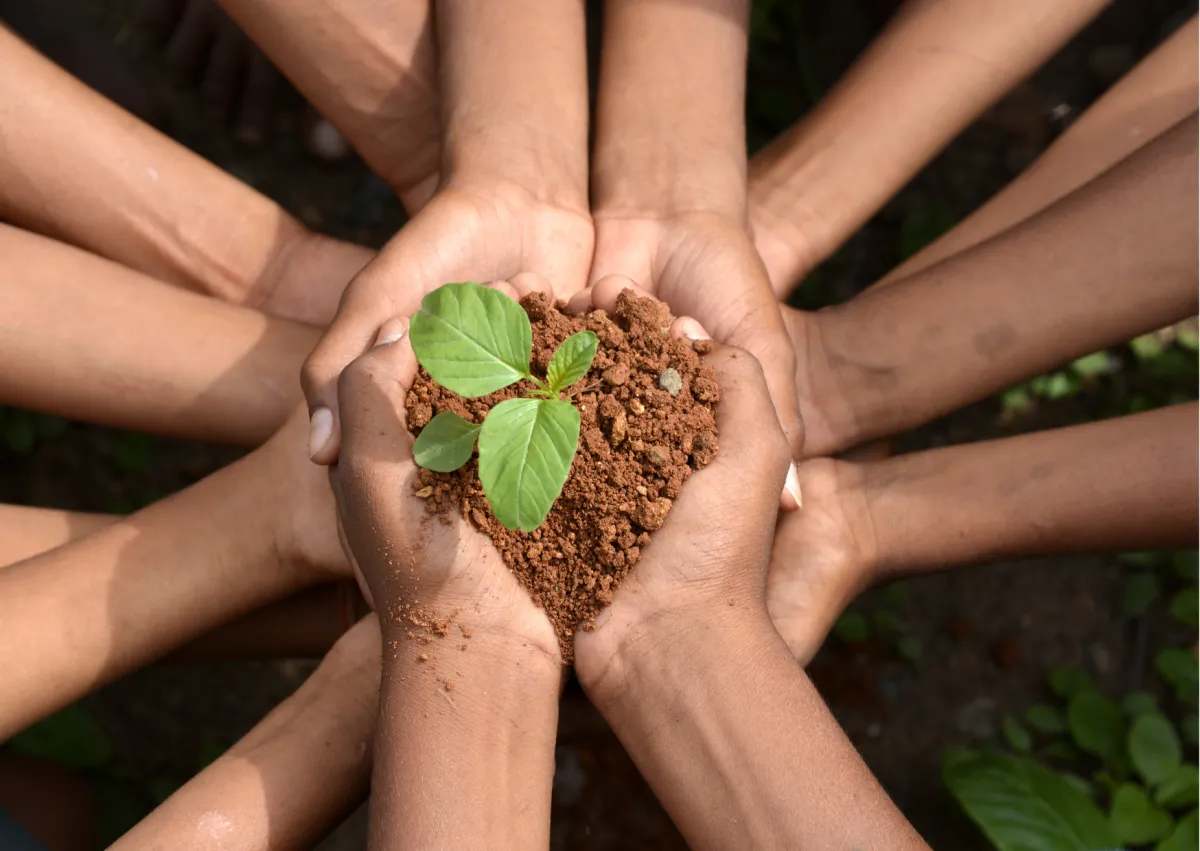
What are the economic benefits of diverting waste from landfills?
It cuts disposal costs, creates revenue from recyclables, improves efficiency, and attracts eco-conscious customers.
How does waste diversion contribute to cost savings for businesses?
Less waste means fewer hauling fees, lower material costs, and more efficient operations.
How does waste diversion foster innovation?
It encourages creative solutions in packaging, operations, and materials use—often leading to cost savings and new opportunities.
Are there financial incentives for businesses that implement zero waste practices?
Yes. In many regions, tax credits, grants, and rebates are available for sustainable waste practices.
How does Zero Waste certification support long-term business sustainability?
It helps reduce risk, improve resource use, and ensure regulatory readiness for the future.
How does waste diversion impact brand reputation?
It positions your business as responsible and forward-thinking—something today’s consumers, partners, and investors value.
Who Can Be Certified?
Find out who can apply and how your business fits in.
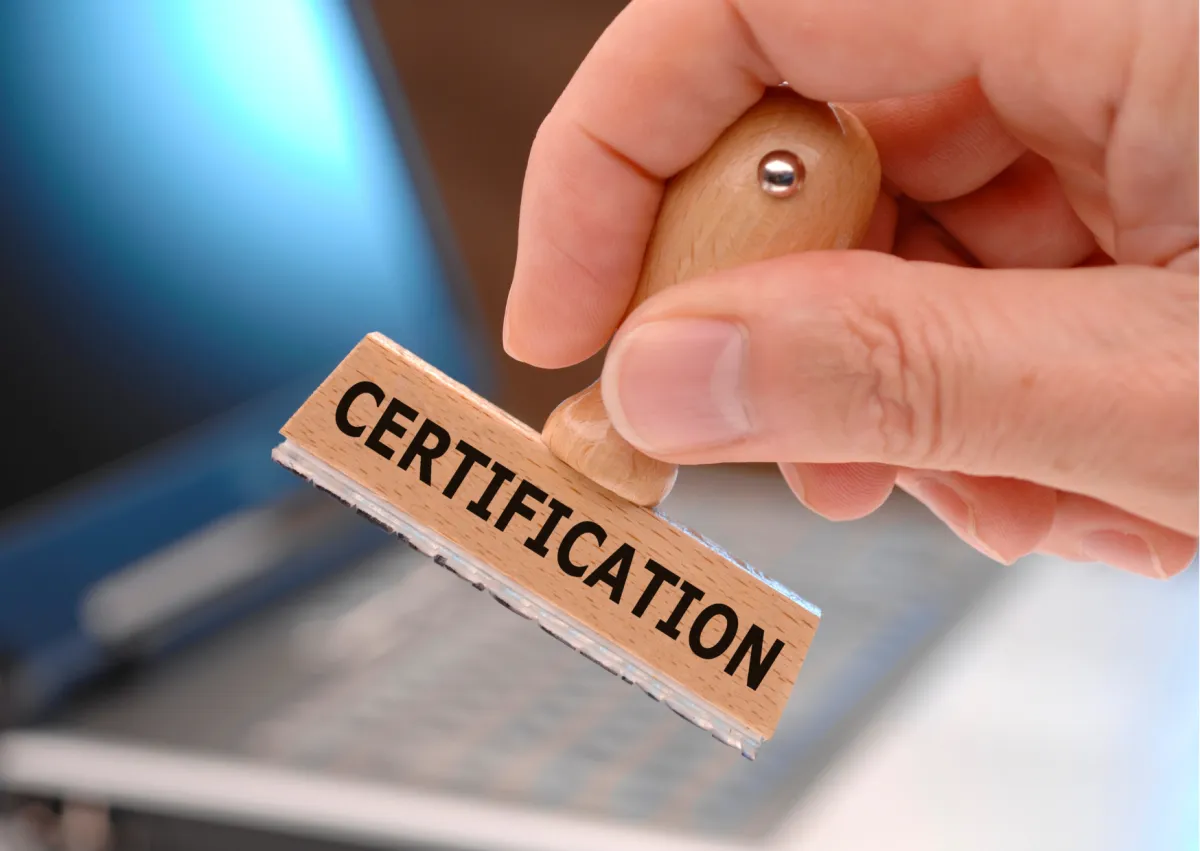
What industries can benefit from Zero Waste certification?
Manufacturing, hospitality, retail, healthcare, construction, commercial real estate, warehousing and distribution all benefit from Zero Waste practices.
Can small businesses participate in the Zero Waste Certification Program?
Yes. The program supports businesses of all sizes with flexible, scalable certification options.
What role does employee engagement play in waste diversion?
It’s essential. Educating your team boosts sorting accuracy, morale, and sustainability culture.
How does waste diversion affect supply chain efficiency?
By minimizing waste at each stage, businesses streamline procurement and production, cutting both costs and emissions.
Certification Process
Learn how certification works and what’s required.
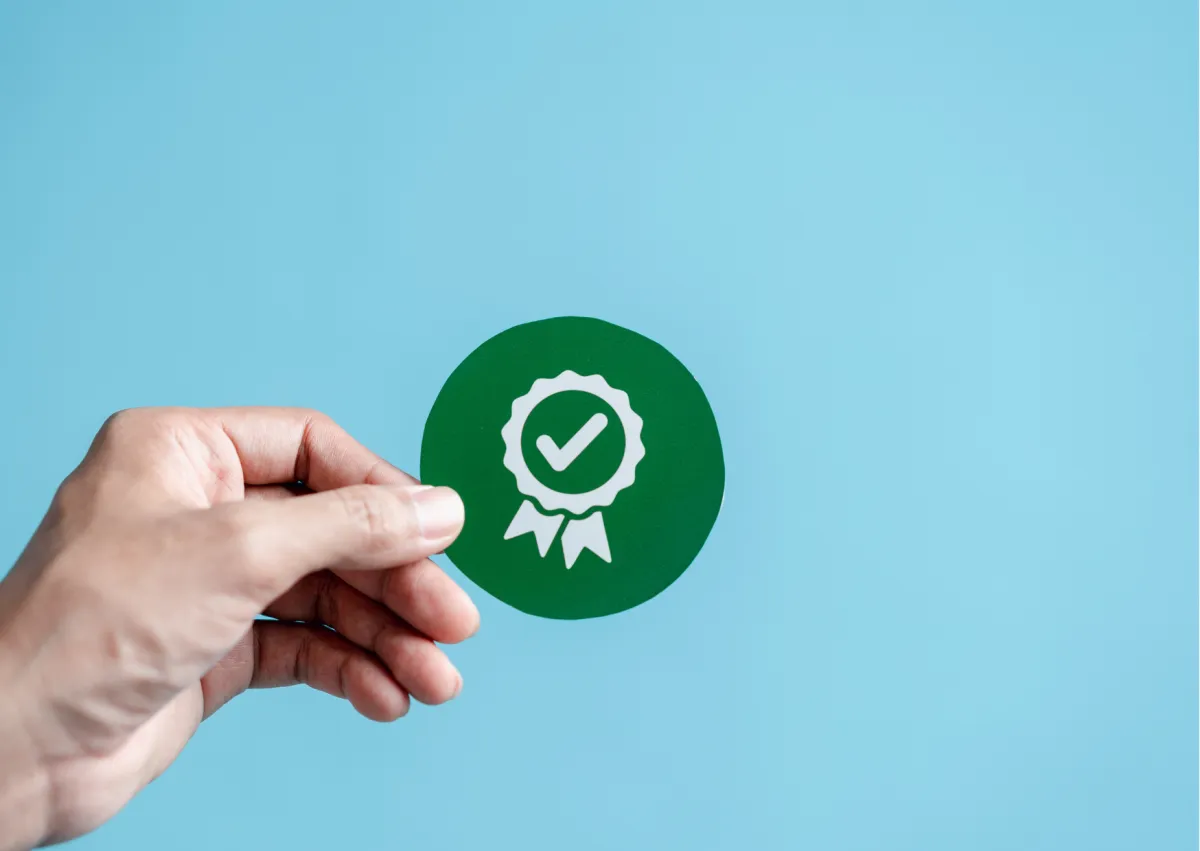
How does the Zero Waste Certification Program work?
You apply, submit your documentation, and we evaluate your waste diversion data. Certification is awarded based on compliance with the standards.
What criteria must a company meet to become certified?
You need to demonstrate waste diversion through recycling, composting, and reusing, while actively working to improve.
How long does the certification process take?
Typically 6–12 weeks, depending on your operations and how quickly you can submit complete documentation.
How often does a company need to renew its certification?
Annually. You’ll need to submit updated reports each year to maintain your certified status.
What happens if a business doesn’t meet the certification requirements?
We’ll provide detailed feedback and guidance to help you improve and reapply.
Getting Started with Zero Waste
Your roadmap to launching and scaling your efforts.
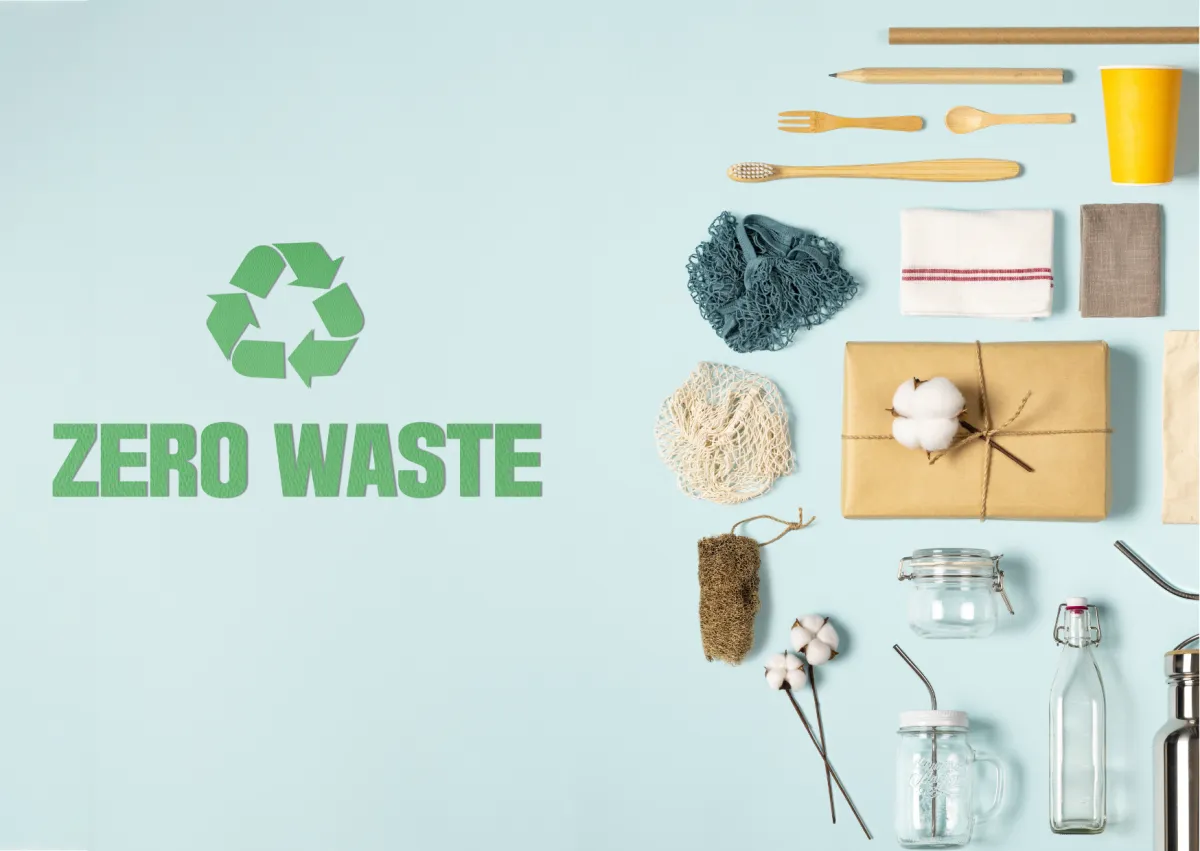
How can a company start reducing its landfill waste?
Begin with a waste audit, set diversion goals, educate your team, and roll out a recycling and composting system.
What types of waste can be diverted from landfills?
Paper, cardboard, plastics, metals, glass, organic waste, textiles, and electronics—almost everything can be diverted with the right system.
How can businesses track and measure their waste diversion progress?
Conduct regular audits, use tracking software, and set benchmark goals to monitor your results.
What are some common challenges businesses face in achieving Zero Waste?
Infrastructure gaps, upfront costs, staff training, and finding sustainable alternatives to disposables.
Where can businesses find more resources on waste diversion?
Our website offers tools, case studies, and templates. Government and environmental organizations are great additional sources.
Advanced Strategies & Systems
Take your understanding deeper with sustainability best practices
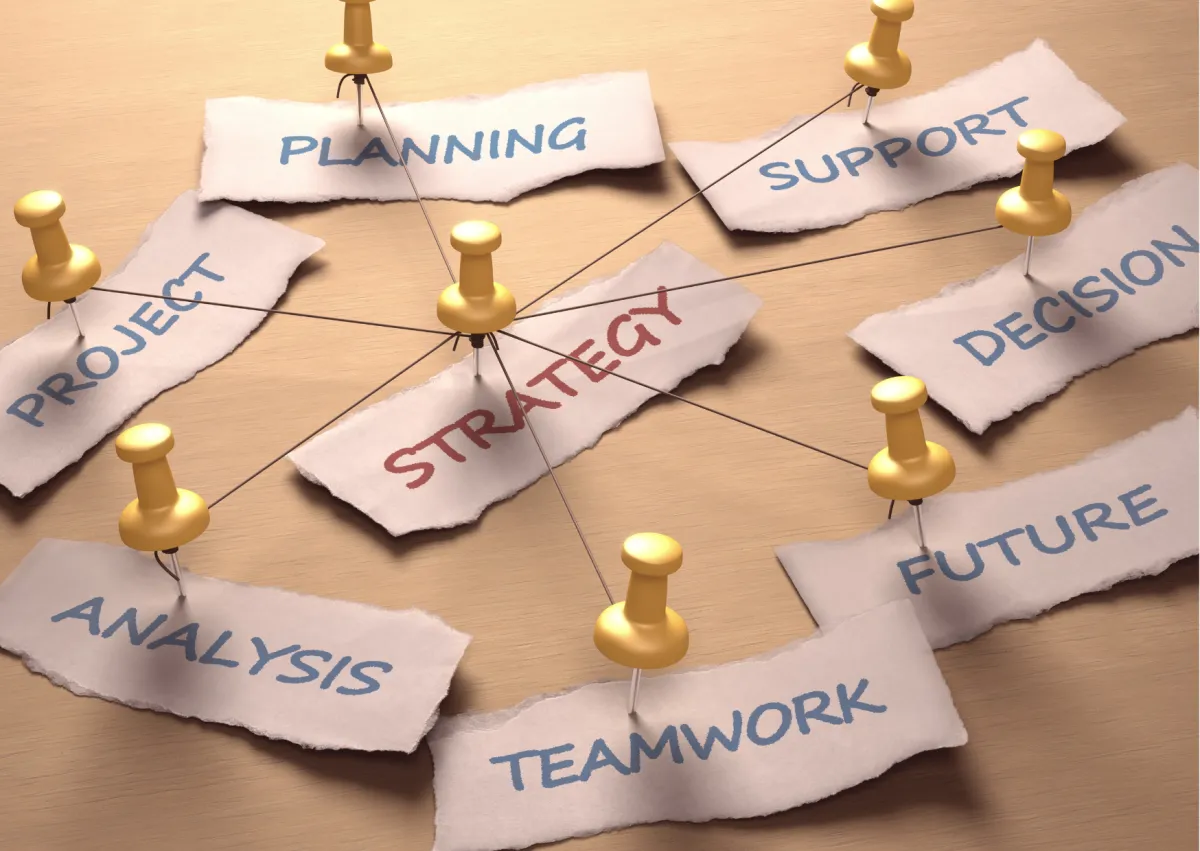
How does landfill diversion contribute to climate change mitigation?
It reduces methane emissions and cuts reliance on virgin material extraction, lowering your carbon footprint.
How does zero waste contribute to a circular economy?
By keeping materials in use longer and reducing the need for new raw materials, you create a closed-loop system.
Can food waste be diverted from landfills?
Yes. Through composting, food donation programs, and repurposing into bioenergy or animal feed.
Can hazardous waste be part of a Zero Waste strategy?
It must be handled with care. While hazardous waste doesn’t count toward your diversion rate, it should be minimized and properly disposed of.
How does waste prevention compare to recycling in terms of impact?
Waste prevention has the biggest impact—it eliminates waste before it's created, reducing the need for processing or disposal.
What is beneficial use in waste management?
It means repurposing waste materials—like using organic waste for compost or repurposing industrial byproducts in construction.
What types of waste can be used for energy recovery?
Certain non-recyclable materials (like some plastics and organic waste) can be processed into heat, power, or biofuels.
What is thermal energy recovery, and how does it relate to waste diversion?
It's the process of capturing heat from waste-to-energy facilities and converting it into usable energy, reducing reliance on fossil fuels
What are the energy-saving benefits of waste diversion?
Recycling and reuse require far less energy than producing materials from scratch, helping businesses cut emissions and costs.
What are eco-efficiencies, and how do they relate to waste management?
They’re smart practices that reduce waste, emissions, and energy use—driving both sustainability and cost-efficiency.
